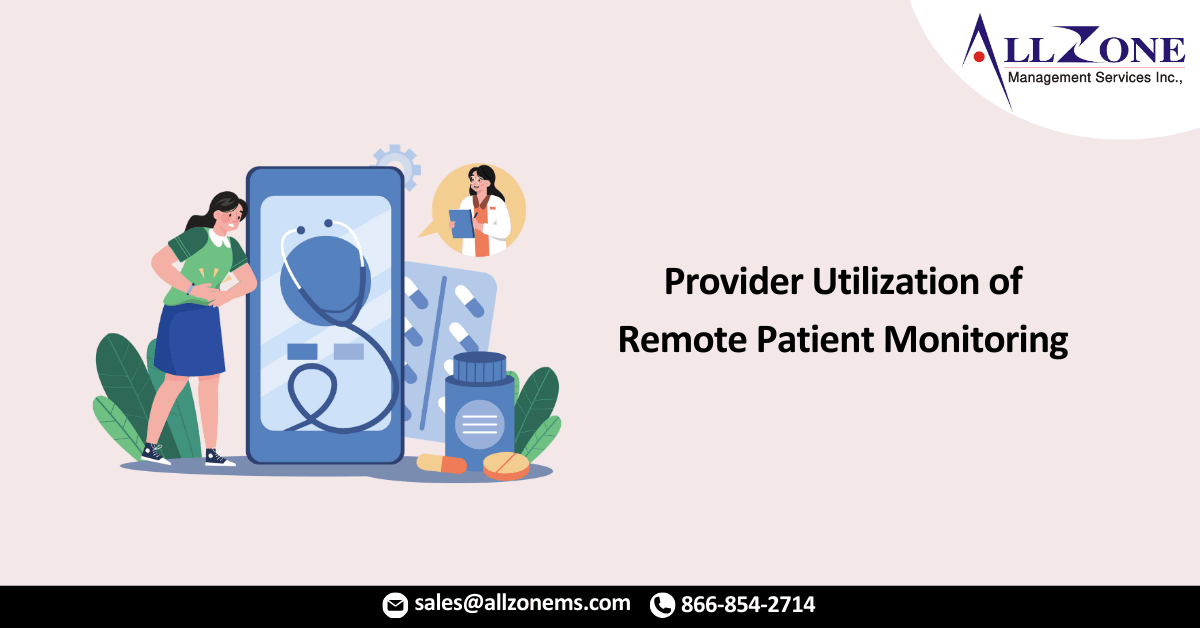Increasing provider utilization in remote patient monitoring starts with effective backend processes and leaning into technologies that they already trust.
Remote patient monitoring (RPM) took off during the coronavirus pandemic, but the industry will have to take decisive steps in order to build on that momentum, according to Eric Wicklund, senior editor of mHealthIntelligence.
Remote patient monitoring started when the consumer-facing wearable market began to grow, Wicklund explained. However, in its nascency, the healthcare community was wary about using consumer-facing, remote monitoring data, doubting its reliability.
It was not until 2019 that these devices were recognized by CMS and received Current Procedural Terminology (CPT) codes—just in time for the coronavirus pandemic which forced most routine healthcare into the home.
“In the future, we’re going to see RPM in use for chronic care management especially, but also for behavioral healthcare, for post-operative rehab at home,” Wicklund predicted. “There are a lot of different uses for it and what we need now is, first of all, for Medicare to recognize it and start reimbursing better. And we will probably see some sort of Congressional action to give RPM the same standing as it does telehealth and some of the other platforms.”
Although RPM and telehealth both experienced an explosion during the pandemic, Wicklund suggested that their paths forward may diverge. Namely, RPM could encompass the mobile technologies that telehealth leverages, but it may also include home healthcare visits.
One of the key steps to moving RPM strategies forward is to lean into technologies that providers trust.
“There’s a market now for clinical-grade RPM devices,” Wicklund shared. “You also have providers that are starting to look at the commercial market. Basically, they’re looking for anything that will give them a reliable and accurate stream of data.”
Providers are not just looking for trustworthy data collection, but also effective backend processes that will break down that information and make it actionable.
When it comes to the payer community’s role in RPM advancements, the need for innovation makes private payers leaders in this space. While their public payer counterparts are waiting for more evidence and reports to prove the return on investment, commercial payers have been more open to piloting new RPM technologies.
“Private payers see this as a means of reducing unnecessary costs and improving care management at home, improving clinical outcomes down the line, and also as a means of pushing health and wellness,” Wicklund explained. “It gives them a channel to not only collect data from patients but to nudge them.”
Wicklund went on to share more insights about the future of RPM, integrating AI into RPM solutions, and its usefulness in chronic disease management.
For more information: How to increase provider utilization of remote patient monitoring

